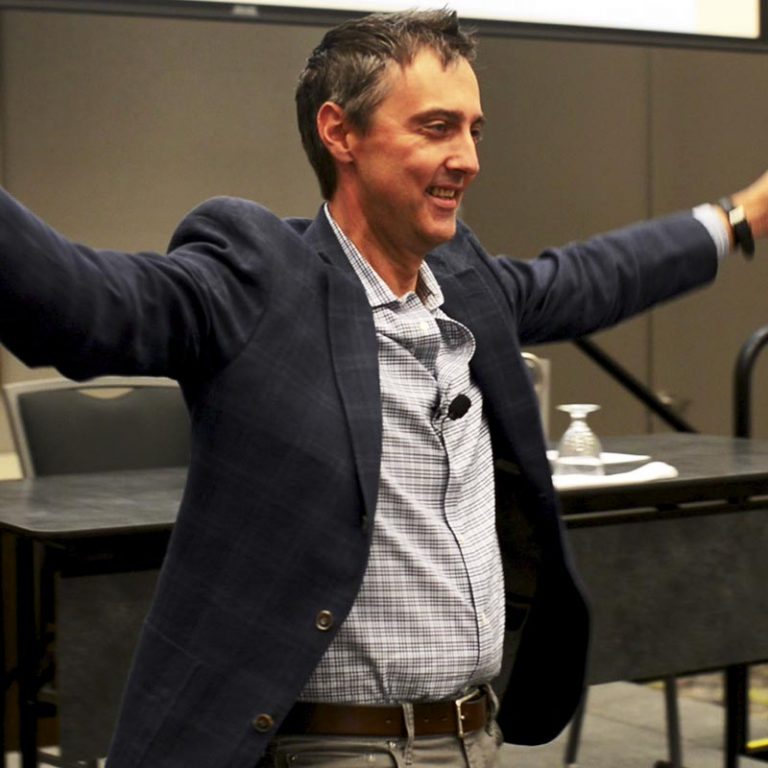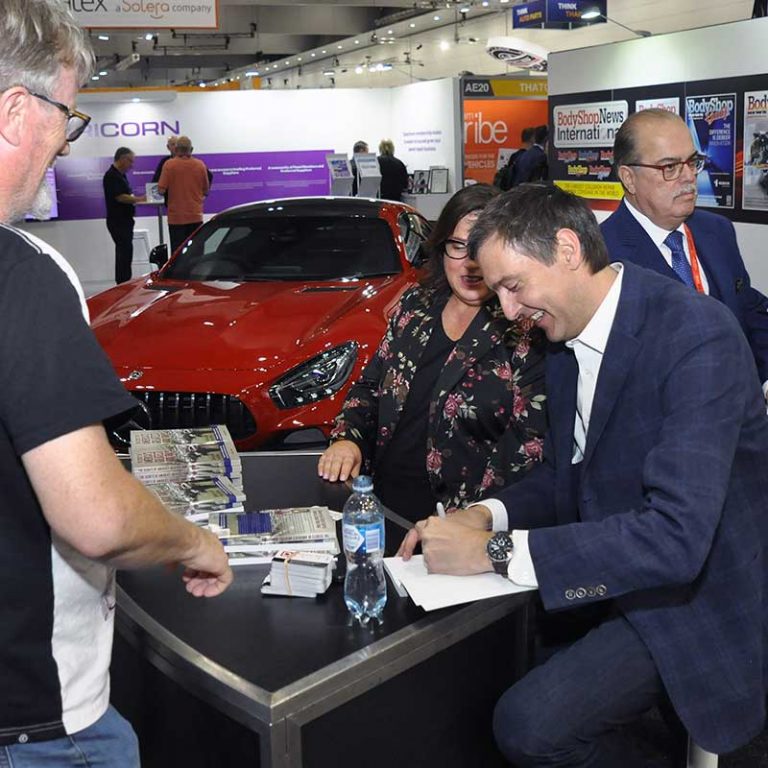Those who don’t understand the business side of collision repair will tell you that cycle time doesn’t matter. They typically believe the only thing that does matter is the repair work itself.
Repairing cars correctly is a given these days, but shop owners must not ignore the business-related aspects such as understanding the metrics that allow them to survive and thrive.
One of the keys to running an efficient and profitable business is understanding cycle time. For some, the only reason they care about cycle time is to keep their insurance company relationships healthy, but cycle time is even more important for profitability and sustainability than one may think.
Healthy cycle time drives your ability to make money! Poor cycle time hurts your relationships with customers and insurers, and can destroy cash flow, stress out your team and cause constant crisis management—in addition to creating an environment where quality typically suffers!
The ironic thing is that poor cycle time is mostly avoidable.
Do you know what touch time is? AKA “hours per day?” If you could achieve a touch time of four hours per day on a repair job, that would mean that you completed a repair job with 20 labor hours in five days.
20 divided by 5 = 4
Four hours a day is considered good, but the national average is a pitiful two hours a day. It’s no wonder most shops don’t make money!
Shop owners and managers will tell you dozens of reasons why that is: they can’t find good help, parts problems, insurance company challenges, and so on. These issues affect cycle time, but none more so than a theorem by John Little known as “Little’s Law.”
Little’s Law is a mathematical equation that is well known by many successful operators in any business. I learned this equation many years ago from industry lean expert Rich Altieri.
It works like this:

The picture above represents WIP. The cars that go home each day dictate the amount of money the shop brings in rather than the cars in the funnel.
The secret is to do more producing while keeping WIP to the smallest number you can while still being able to feed production so you can finish two cars a day (or whatever your number is).
My friend, Bruce King, says that scheduling is the holy grail of body shop management. I agree.
A big mistake people often make is trying to rush things to improve cycle time. The truth is that poor quality does not help cycle time improve; it usually makes it worse.
By focusing on continuously improving quality while keeping your WIP level just slightly above your production capacity, you will have a winning formula. This is usually accomplished by knowing your optimum WIP; for example, 20 cars, 800 hours, $80K.
No matter how you choose to measure it, schedule to that number! Figure out what your optimum WIP is and you will be able to improve your cycle time and cash flow.
If you want to dig a little deeper into maximizing profitability and deepening your understanding of cycle time, I recommend checking out Elite Body Shop Solutions’ online management training program.
For more information, become a member of Elite Body Shop Solutions’ online body shop management training community. Join Operations Monthly Live (OML), an online management training program and community of high performers. Here you’ll find hours of world-class training on specific ways to turn customers into raving fans. We also cover ways to help independent repairers massively increase the growth of their businesses with little or no money. With a very affordable OML subscription, you can join me live for an hour each month, where you will learn a new, relevant topic and be able to ask questions while interacting with many of North America’s best collision operators.
To learn more, subscribe to the Dave Luehr YouTube channel and visit the Elite Body Shop Academy at elitebodyshopsolutions.com/academy.













